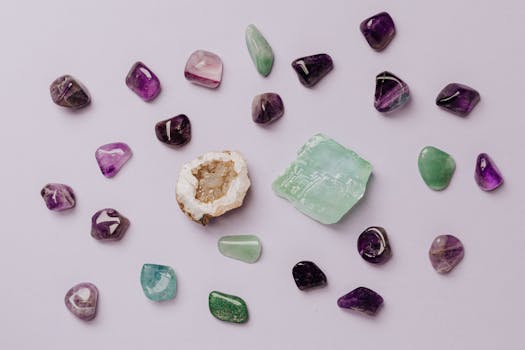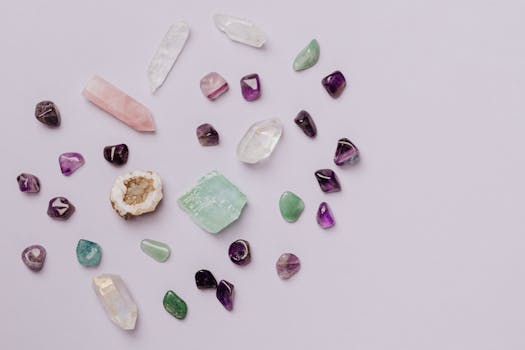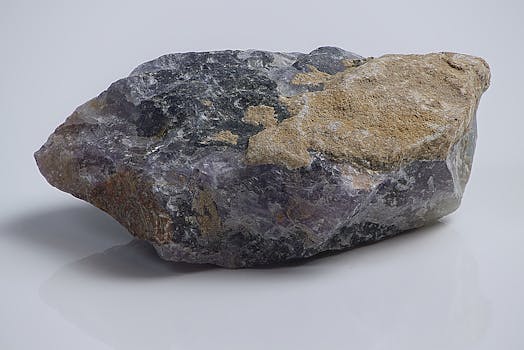
The Enduring Legacy of Birthstones: History and Symbolism
Takeaways: Birthstones are more than just beautiful gems; they carry deep historical significance and personal symbolism. Understanding their origins can enhance your appreciation of these stones, whether as personal adornments or gifts for loved ones.
Birthstones have captivated humans for centuries, intertwining with cultural, spiritual, and personal significance. Each month of the year is associated with a specific gem, believed to offer protection, luck, and various benefits to those born under its influence. This article explores the fascinating history and symbolism of birthstones, shedding light on how they have evolved over time.
A Historical Overview of Birthstones

Over time, these stones were associated with the zodiac signs and later linked to the months of the year. The modern list of birthstones, established in 1912 by the American National Retail Jewelers Association, further solidified the connection between specific stones and birth months.
In various cultures, birthstones were believed to possess healing properties and protective qualities. For example, in ancient Rome, soldiers wore their birthstones for strength and protection in battle. Similarly, in Hindu culture, gemstones have been used for centuries in astrological practices to enhance one’s fortune and well-being.
Symbolism Behind Each Birthstone
Each birthstone is not only linked to a specific month but also carries unique meanings and symbolism. Here’s a closer look at the gemstones associated with each month:
- January – Garnet: Symbolizes protection and is believed to bring good health.
- February – Amethyst: Represents peace and tranquility, often associated with clarity of mind.
- March – Aquamarine: Known for its calming properties, it symbolizes courage and communication.
- April – Diamond: The ultimate symbol of love and commitment, diamonds are often used in engagement rings.
- May – Emerald: Represents rebirth and love, believed to bring harmony and balance.
- June – Pearl: Symbolizes purity and innocence, often associated with wisdom gained through experience.
- July – Ruby: Represents passion and vitality, believed to bring good fortune and happiness.
- August – Peridot: Symbolizes strength and healing, associated with prosperity and growth.
- September – Sapphire: Known for its wisdom and loyalty, it is believed to protect against envy and harm.
- October – Opal: Represents love and passion, known for its ability to enhance creativity.
- November – Topaz: Symbolizes strength and wisdom, believed to bring joy and good fortune.
- December – Turquoise: Represents protection and healing, often associated with friendship and peace.
Throughout history, the symbolism of birthstones has evolved, but their significance in personal identity and interpersonal relationships remains strong. Many individuals choose to wear their birthstones as a form of personal expression or a connection to their astrological sign.
Modern Uses and Popularity of Birthstones

Additionally, birthstones are often incorporated into cultural and spiritual practices. Some people believe that wearing their birthstone can enhance their life experiences, attract good fortune, or provide protection against negativity. In the realm of metaphysical beliefs, birthstones are thought to resonate with the energies of the wearer, promoting well-being and balance.
Moreover, the rise of social media and online jewelry businesses has sparked renewed interest in birthstones. Many people now share their birthstone stories and the significance behind their choices, creating a vibrant community centered around these gemstones.
Conclusion








